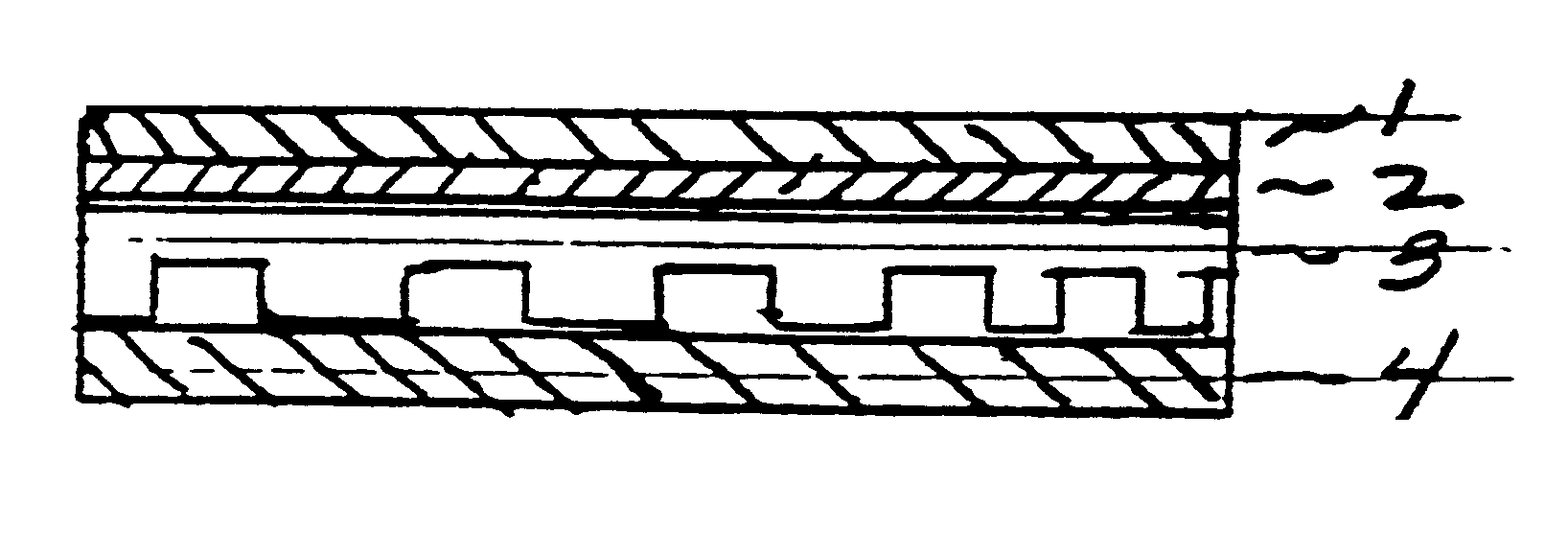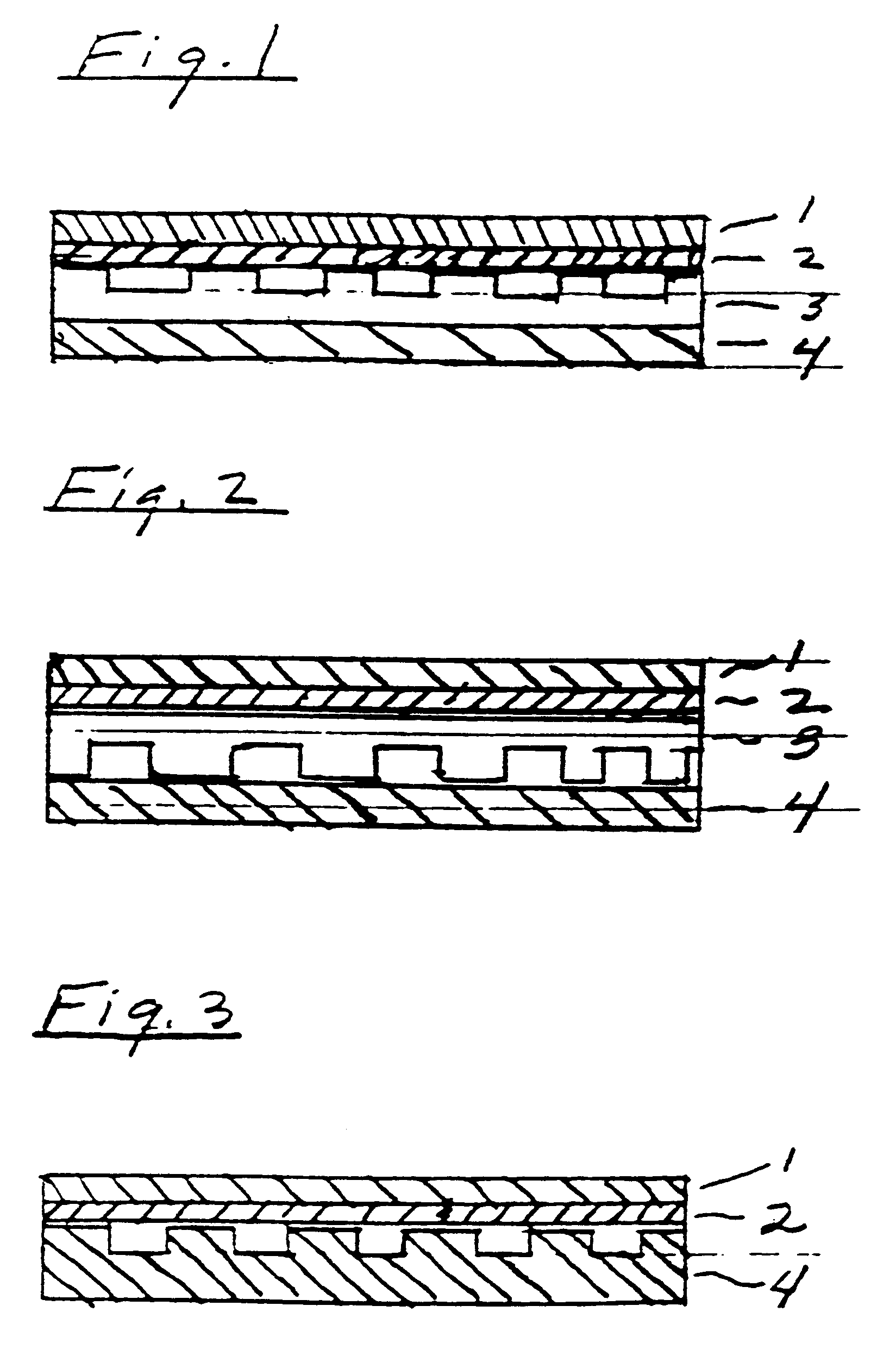Eliminating air pockets under a polishing pad
a technology of air pockets and polishing pads, which is applied in the direction of grinding machines, manufacturing tools, lapping machines, etc., can solve the problems of air bubbles getting trapped between the adhesive and the platen, virtually impossible to eliminate trapped air, and raised areas or bulges on the polishing surface of the polishing pad
- Summary
- Abstract
- Description
- Claims
- Application Information
AI Technical Summary
Problems solved by technology
Method used
Image
Examples
Embodiment Construction
91 cm. diameter IC 1400 pad manufactured by Rodel Inc., Newark, Del., which is an IC 1000 pad manufactured by Rodel having a backing layer of a closed cell urethane foam sub pad, was mounted onto a standard platen of a conventional polishing machine. Air bubbles under the pad were formed during the mounting process and could not be removed using conventional means such as a pad mounting disc and could only be removed by punching a hole in the pad to release the entrapped air.
A second 91 cm diameter IC 1400 pad was mounted onto a standard platen of a polishing machine. A semi rigid base material was positioned between the pad and the polishing platen such that the grooves in the base material faced the back of the pad. This base material, which is an epoxy impregnated fiberglass, has a thickness of 1.27 mm, has machined grooves in the x and y directions at a 90 degree angles in which the grooves are 0.254 mm. wide, 0.81 mm deep and at a 25.4 mm pitch. Any entrapped air bubbles were r...
PUM
| Property | Measurement | Unit |
|---|---|---|
| width | aaaaa | aaaaa |
| angles | aaaaa | aaaaa |
| diameter | aaaaa | aaaaa |
Abstract
Description
Claims
Application Information
 Login to View More
Login to View More - R&D
- Intellectual Property
- Life Sciences
- Materials
- Tech Scout
- Unparalleled Data Quality
- Higher Quality Content
- 60% Fewer Hallucinations
Browse by: Latest US Patents, China's latest patents, Technical Efficacy Thesaurus, Application Domain, Technology Topic, Popular Technical Reports.
© 2025 PatSnap. All rights reserved.Legal|Privacy policy|Modern Slavery Act Transparency Statement|Sitemap|About US| Contact US: help@patsnap.com


